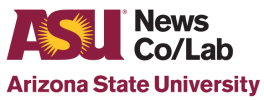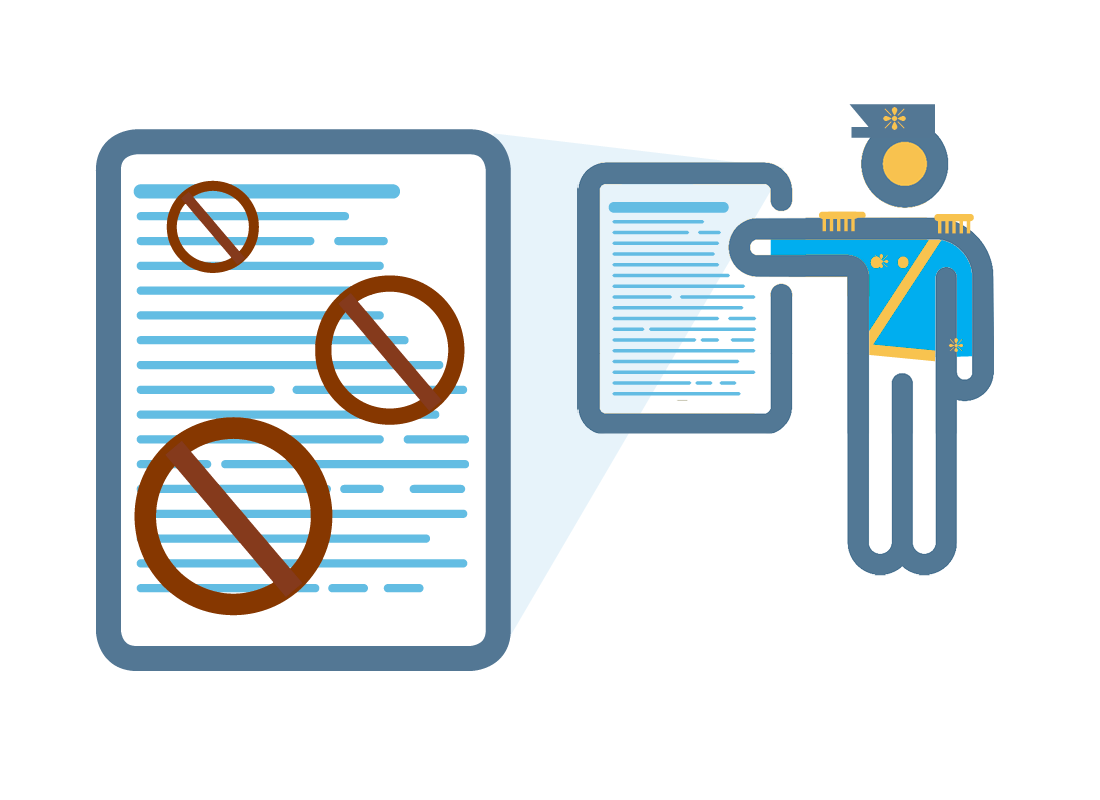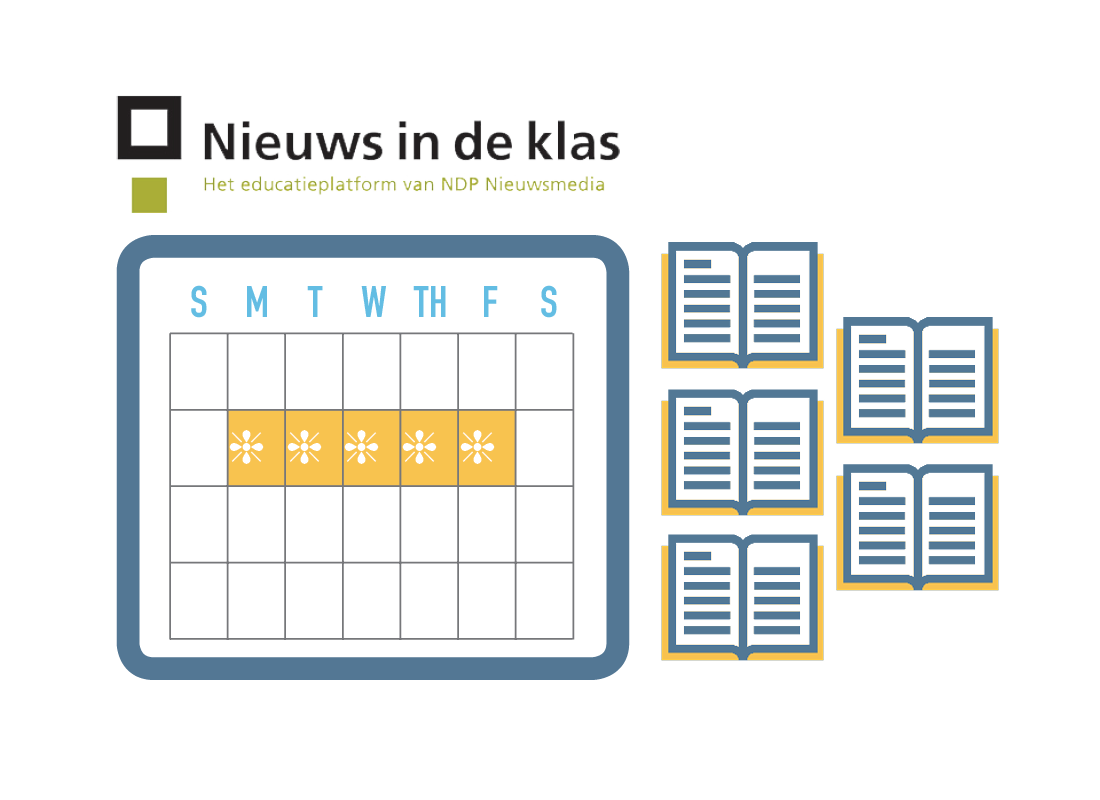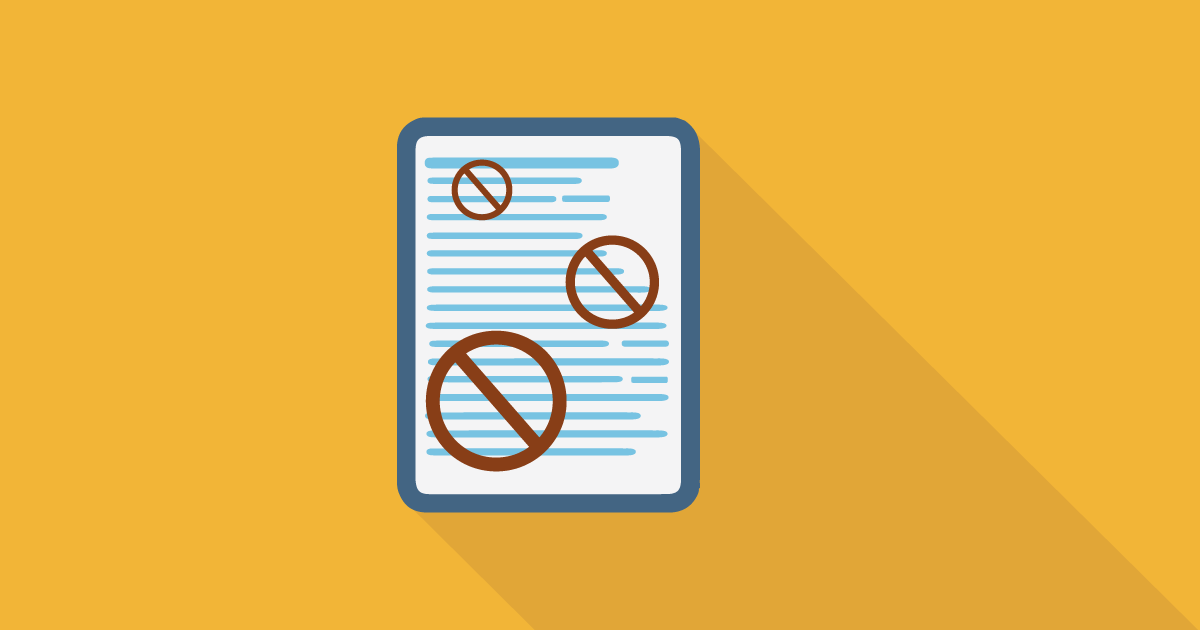
Building news savvy: Best practices
▸Education
Free Speech Lesson
WHAT IS IT?
In Nieuws in de Klas, which translates to “News in the Classroom,” students pretend to be dictators and pick newspaper articles to censor. That and other “Roadshow” activities help students learn media literacy and the role of newspapers. Project goals include developing an understanding of freedom of expression and “world citizenship.”


WHO’S BEHIND IT?
Nieuws in de Klas, supported by the Dutch News Media Association, partners with Ppress, Media.21 and Mediawijs. Similarly, in France, CLEMI gives publications to schools and promotes a week of news literacy, focusing in recent years (after the Charlie Hebdo attacks) on “Freedom of Expression.” In the U.S., press freedom education comes from Freedom Forum Institute, The News Literacy Project, the Bill of Rights Institute and many others
DOES IT WORK?
Academic studies argue that “bad guy play” (such as the “dictator” exercise) can teach complex concepts, including morality. A national report on the Dutch project said the classroom provided a safe space for younger students to learn how news works and older students to debate types of free speech. U.S. studies show students with heavy media use and class instruction regarding free press are more savvy and supportive of free expression.


HOW TO DO IT
Organizers created a short video to explain the roadshow. The Roadshow’s censorship exercise is “a very popular activity.” Teachers can choose from “news packages” and “digital packages” to receive access to newspapers and magazines and news websites. Students receive newspapers at home for two weeks as part of the project. A local reporter often visits the classroom to moderate an open discussion.
Activate the links by clicking to view or download as a PDF

Sayo Akao is a recent graduate from Arizona State University’s Walter Cronkite School of Journalism & Mass Communication. As digital communication specialist in the News Co/Lab, Akao is assisting the team to create positive change in news literacy through a variety of different approaches.

